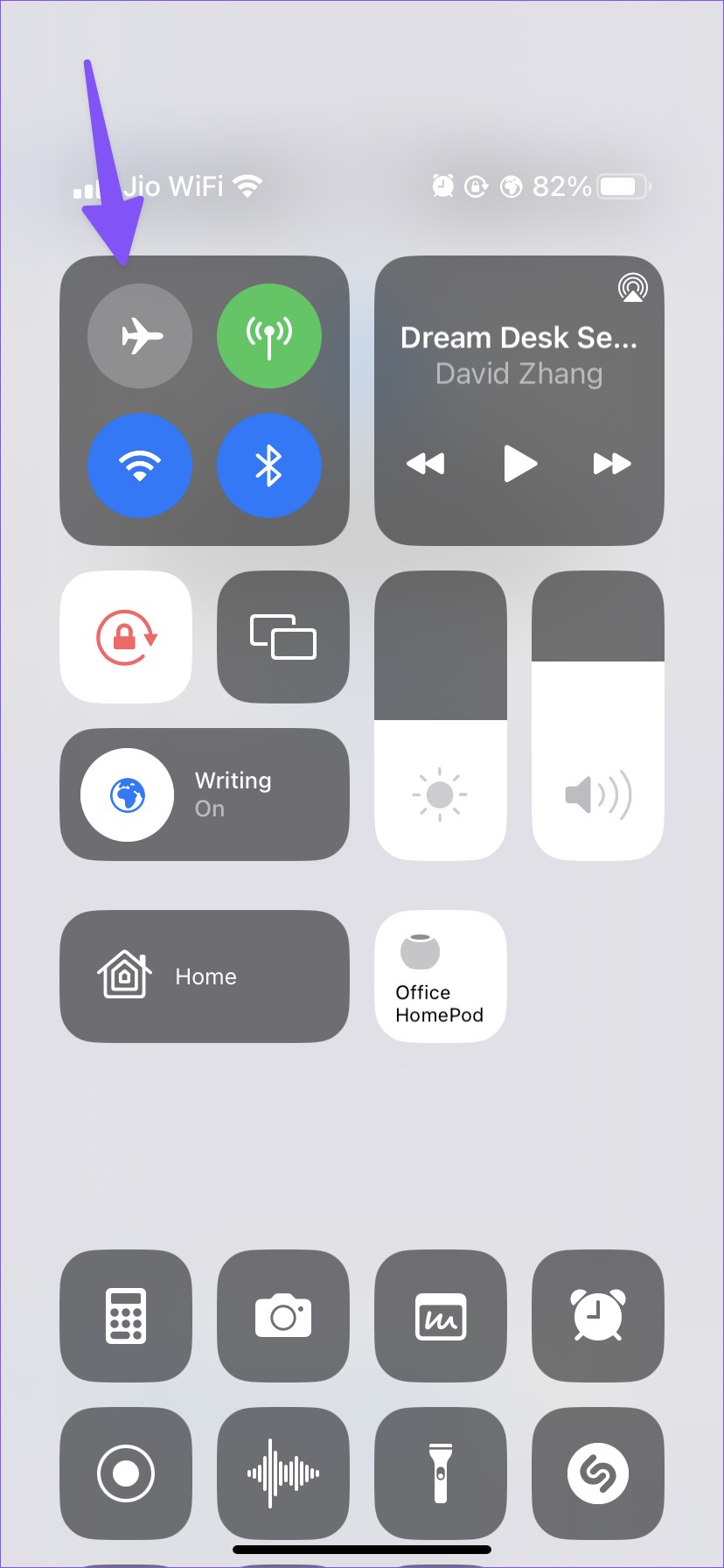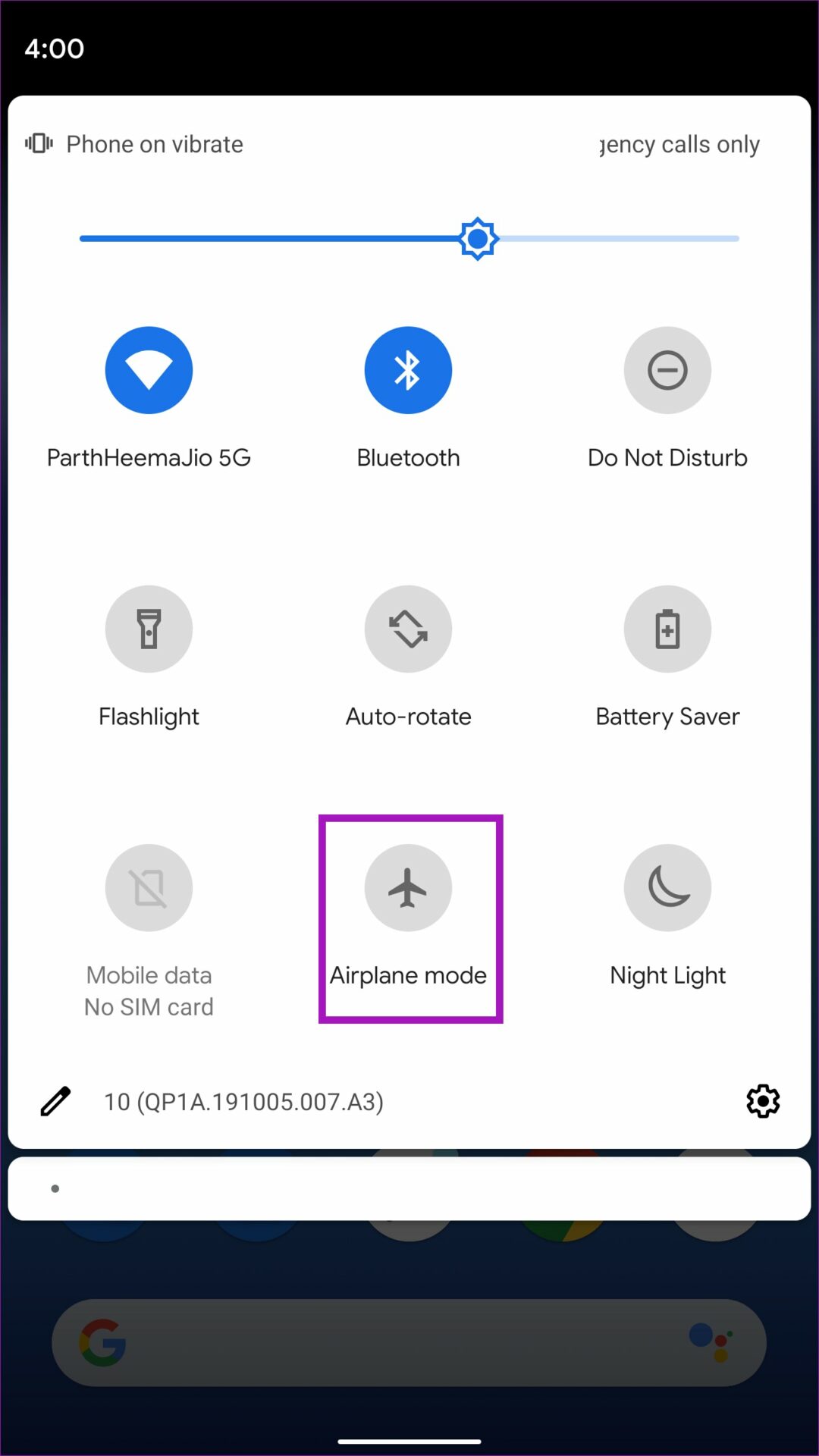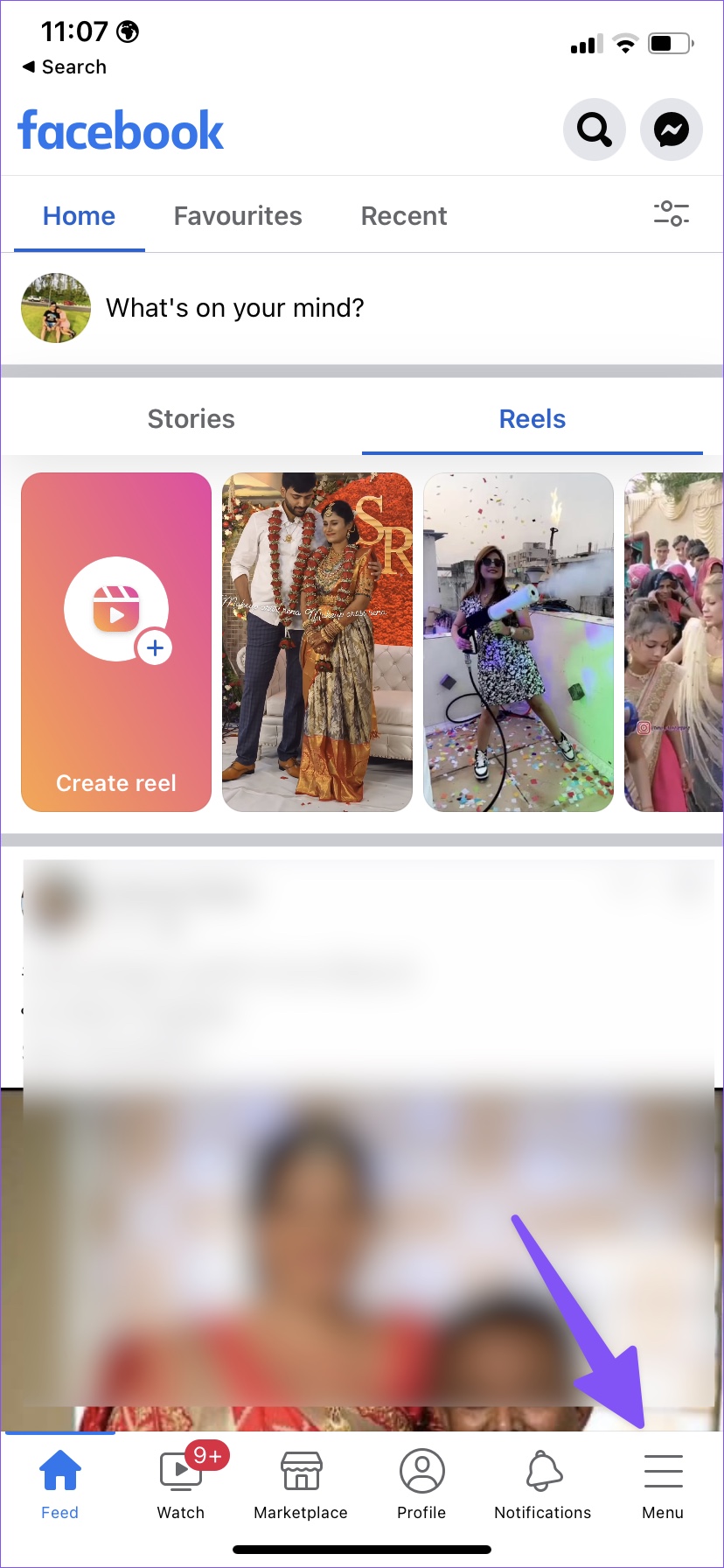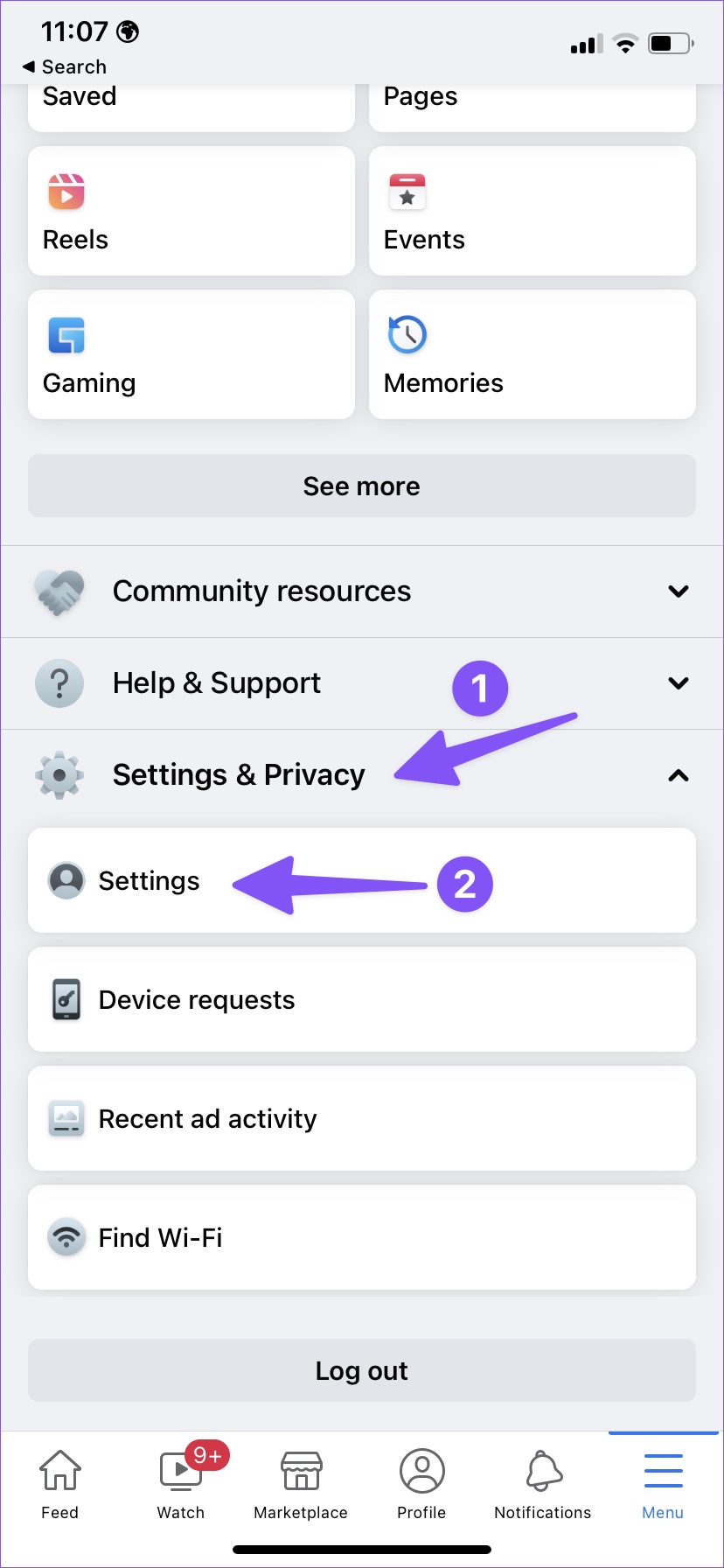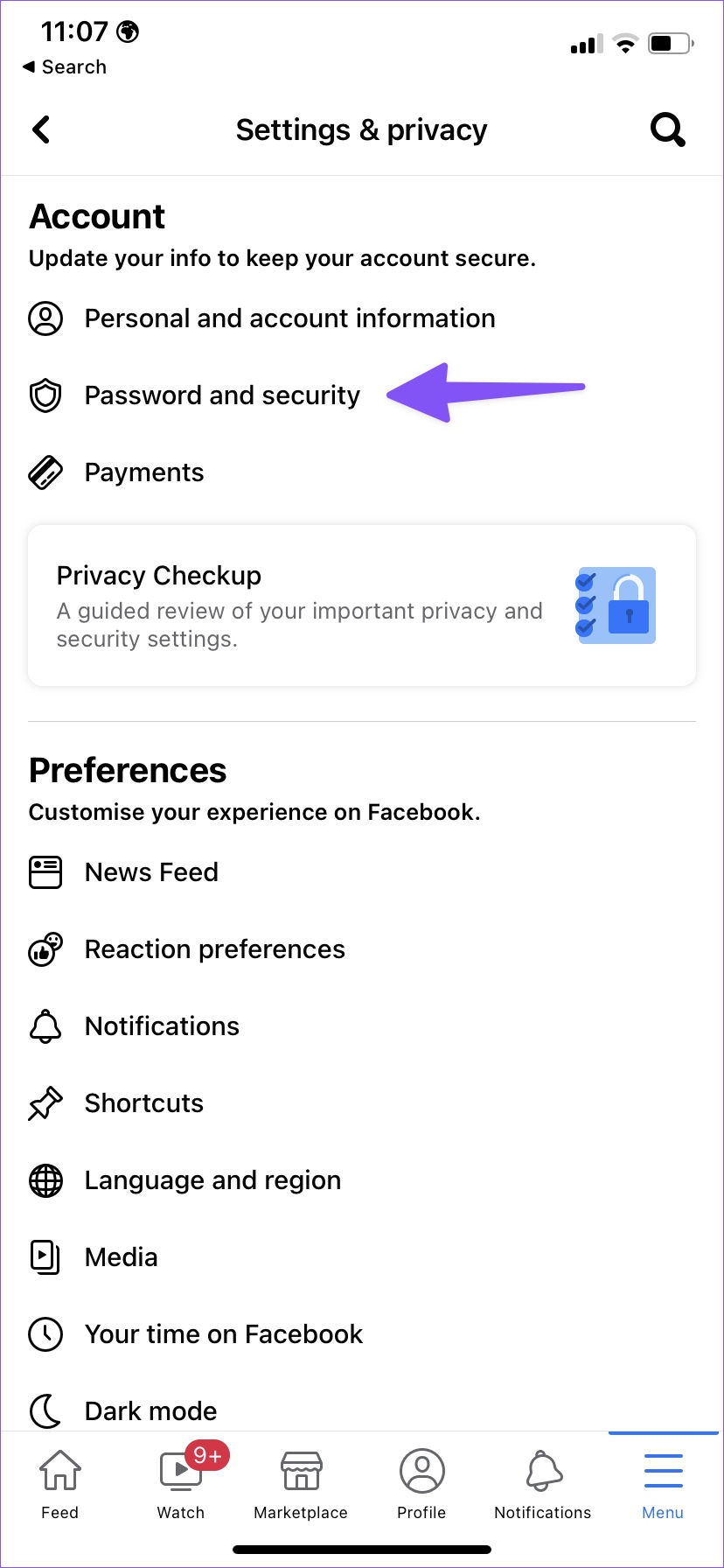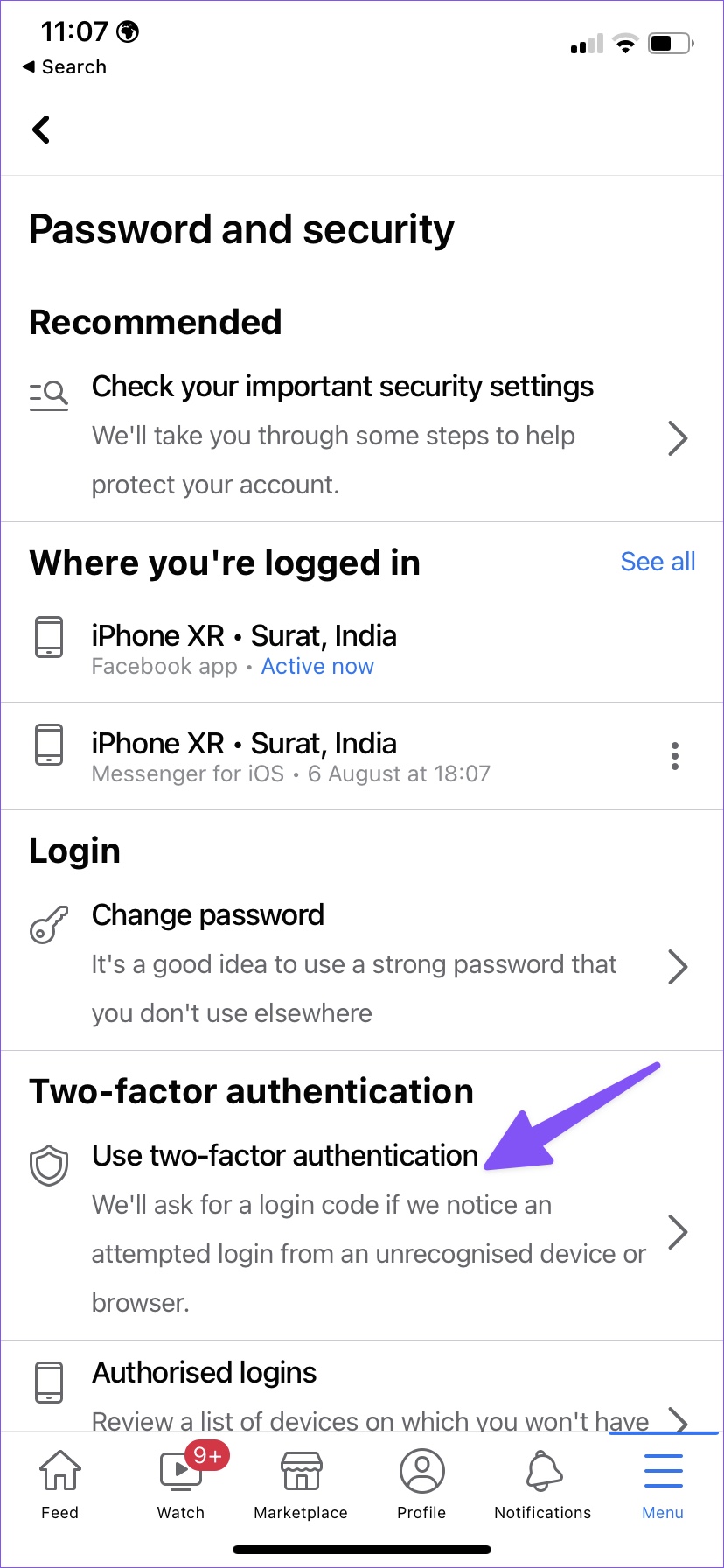When Facebook detects an unusual login from an unknown device or location, the company sends you a security code to confirm your identity. Sometimes Facebook’s security code fails to land on your message inbox, leaving your head scratching. If you have the same problem, read on to fix Facebook not sending security code.
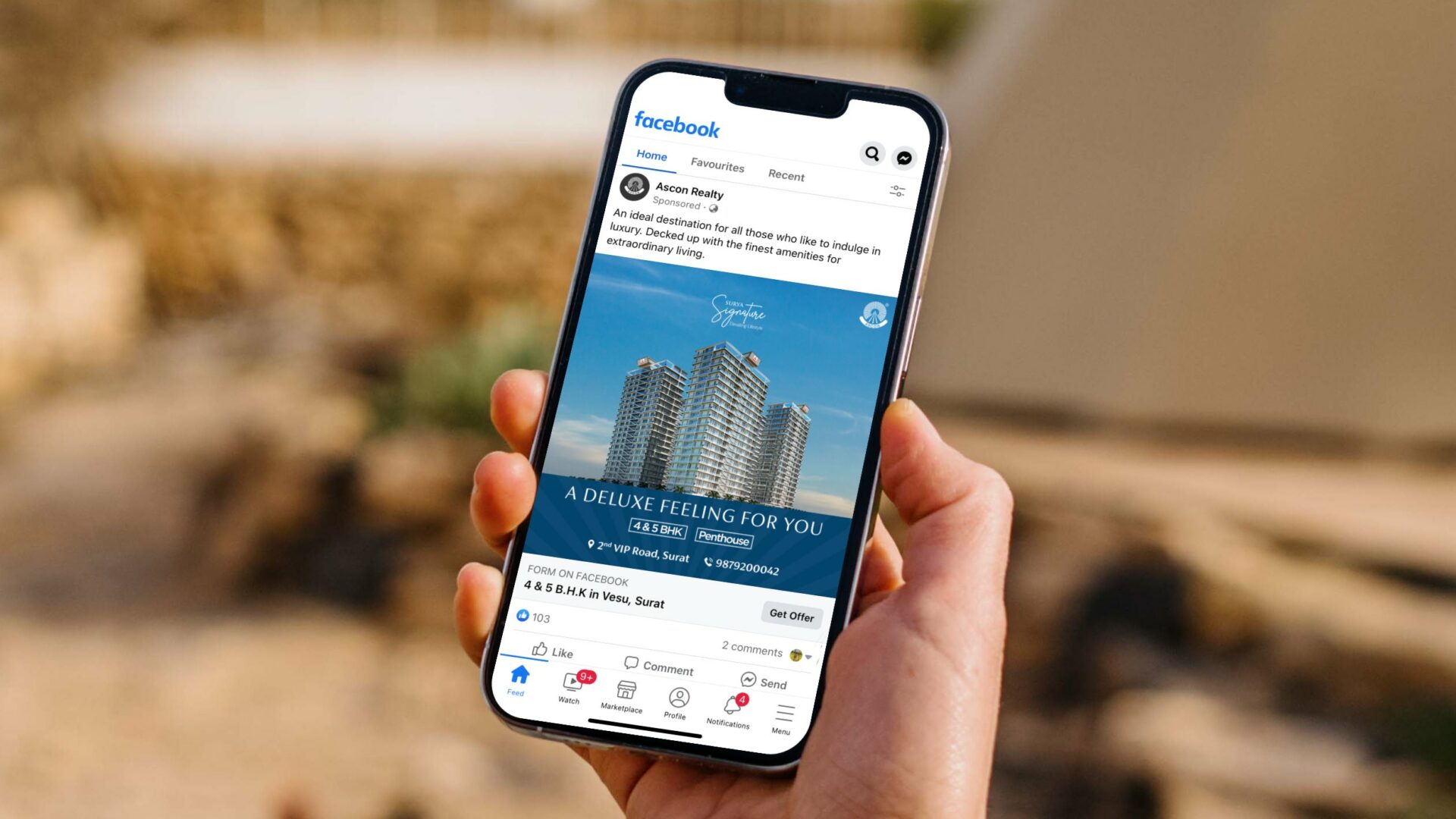
Facebook sends a security code to your registered mobile number or email inbox to allow you to access the account. There are many factors at play here. Let’s go through them and get the Facebook authentication code.
Before we get started, here are the possible reasons Facebook is asking for a security code to verify your account.
- You are trying to sign in from a new device.
- Facebook detects login attempts from another region (location).
- You are logging into your Facebook account from a different IP address.
- Someone else violates your Facebook account.
1. Wait a while
Due to an absurd number of user requests, Facebook servers are often blocked and delay sending a verification code. You might want to wait a while (about five minutes) and check your messages or inbox again.
2. Check network connection
You might have trouble getting a security code over a patchy internet connection. You can reset the network connection using Airplane mode trick.
On iPhone, swipe down from the top right corner and turn on Airplane mode. Disable it after a few seconds and check if the Facebook security code arrived or not.
Android users can swipe down from the top and enable Airplane mode from the quick toggle menu. If you’re still having issues with your carrier’s network connectivity, it’s time to reset the network settings on your iPhone or Android.
3. Check spam or archive folder
Did Facebook email you a security code? Sometimes Gmail and Outlook algorithms may mistakenly send Facebook emails to Spam or Archive folder.
Step 1: Visit Gmail on the web and sign in with your account details.
2nd step: Open the Spam inbox in the left sidebar.

Step 3: Check if you have any pending Facebook emails with a security code.
If your primary email is Outlook (associated with Facebook), you can go to Outlook on the web and check the Archive or Junk Mail folder.

4. Disable VPN
An active VPN connection allows you to change your IP address and allows you to access content and services not available in your region. Even if you are at home or in the office, Facebook detects another IP location and may request a verification code to confirm your identity. You need to disconnect a VPN connection on your phone or computer and try logging into your Facebook account again.
Step 1: Open the VPN app on your phone or computer.
2nd step: You can disconnect the VPN and try again.

Some VPN services also allow you to suspend the VPN connection for a few minutes. You can interrupt the connection, log in with your Facebook as usual and the application will activate it again.
5. Check Facebook Servers
Facebook uses an internal service (and doesn’t rely on third-party companies like Twilio) to send security codes. If the Facebook servers are having a rough day, you won’t receive any verification codes. You can visit Downdetector and search Facebook. If others are facing the same, you might notice high crash charts and user complaints in the comments.
You will have to wait for Facebook to fix the server issues and log in with your account details.
6. Contact Facebook
If Facebook still doesn’t send a security code, it’s time to contact the company. Go to the Facebook Help Center on the web and select Login & Password.
7. Enable and Change Two-Factor Authentication Settings
Once you get a security code and access your Facebook account, you need to set up 2FA (two-factor authentication) for Facebook through the authenticator app. Here’s how.
Step 1: Open Facebook on your mobile.
2nd step: Select Menu in the lower right corner.
Step 3: Expand Settings and privacy and open the Settings menu.
Step 4: Tap Password & Security.
Step 5: Select two-factor authentication.
Step 6: Select the radio button next to the Authentication app and press Continue.
Follow the on-screen instructions to configure 2FA through a third-party authenticator. You can use any third-party 2FA app to secure your Facebook account. Once you set up 2FA on Facebook, the company will not ask you for an SMS security code. You can confirm your identity via a six-digit code from the 2FA app.
Recover access to Facebook
Facebook not sending security codes may leave you confused. You can use the above tricks and fix the problem in no time. What trick worked for you? Share your experience with our readers in the comments below.

